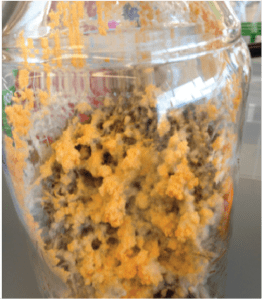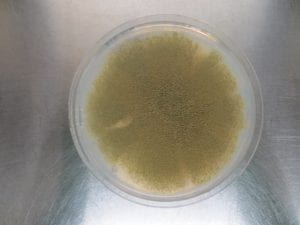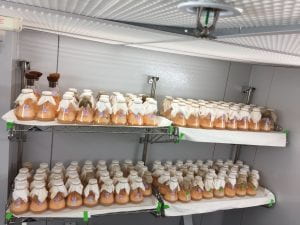Fungi at the buffet: Understanding the regulatory and transcriptional landscape of nutrient sensing

Sensing available nutrients and efficiently utilizing them is a challenge common to all organisms. Saprophytic and plant pathogenic fungi catabolize a variety of carbohydrates: from simple sugars to the complex carbohydrates found in plant cell walls. Additionally, fungi utilize a variety of organic and inorganic nitrogen sources. The transcriptional network regulating these interconnected metabolic pathways is an interplay of transcriptional activators and repressors that are, in turn, regulated by a signaling network that activates these transcriptional regulators. This regulatory network ensure expression of only the genes required to utilize the most preferred nutrients available. We use molecular genetics and systems biology tools to explore this transcriptional network.
Characterizing the genetic response to fungicides and antifungal drugs

Fungi cause over a million deaths each year and devastating crop infestations that threaten global food supplies. To control fungal infections in crops and humans, antifungal drugs and fungicides are widely used. Unfortunately, limited numbers of antifungal drugs are available, and many of the same classes of antifungals are used in agricultural and medical settings. This has resulted in the emergence of fungal strains resistant to commonly used antifungals, causing untreatable human infections and reduced crop yields. The primary target of many available antifungal drugs and fungicides is known. However, the genetic response to these drugs is not confined to that primary target. We are using high-throughput genomic tools to identify the genetic responses to fungicides and antifungal drugs to elucidate genetic mode of action and secondary genetic responses. Understanding the genetic responses to these chemicals will help in determining the genetic mechanisms by which drug resistance develops and aid in predicting synergistic or antagonistic interactions between fungicides and antifungals.
Developing a high-throughput functional genomics platform for filamentous fungi
Advances in sequencing technology that allow for rapid and inexpensive whole-genome sequencing highlight how few genes have been functionally characterized. This problem is particularly acute in fungal biology, where even in the best studied organisms upwards of half of genes are annotated as hypothetical. High-throughput tools to identify gene function exist for single-celled organisms, such as yeast and bacteria. However, filamentous fungi present a number of challenges to high-throughput gene char acterization, including multinucleate cells and asexual fusion. We are currently working to overcome these challenges and develop high-throughput functional genomics to
acterization, including multinucleate cells and asexual fusion. We are currently working to overcome these challenges and develop high-throughput functional genomics to ols for filamentous fungi using the model fungus Neurospora crassa and expanding to pathogenic fungi. To assign roles to novel genes, we are making libraries with hundreds of thousands of uniquely barcoded insertional mutants and mapping the locations of these barcoded insertions using high-throughput sequencing. We are now working to develop massively parallel screens to link phenotype to genotype. Quantifying relative barcode abundance will allow us to determine the relative importance of disrupted genes in experimental conditions and assign functions to hypothetical genes. Generating barcoded mutant libraries in a number of fungal systems will enable the rapid characterization of gene function and allow us to expand our understanding of fungal biology.
ols for filamentous fungi using the model fungus Neurospora crassa and expanding to pathogenic fungi. To assign roles to novel genes, we are making libraries with hundreds of thousands of uniquely barcoded insertional mutants and mapping the locations of these barcoded insertions using high-throughput sequencing. We are now working to develop massively parallel screens to link phenotype to genotype. Quantifying relative barcode abundance will allow us to determine the relative importance of disrupted genes in experimental conditions and assign functions to hypothetical genes. Generating barcoded mutant libraries in a number of fungal systems will enable the rapid characterization of gene function and allow us to expand our understanding of fungal biology.